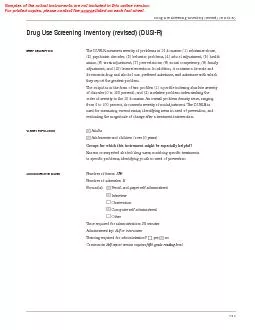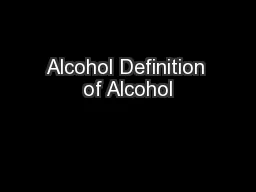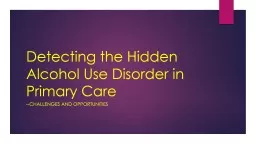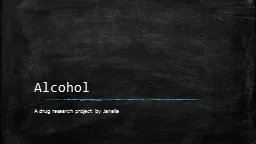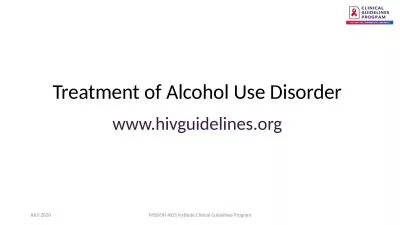PDF-Assessing Alcohol Problems A Guide for Clinicians and Researchers
Author : rosemary | Published Date : 2021-07-02
Manual 105 computer 05 Scored by Examiner computer optical scan Computerized scoring or interpretation available yes For alcohol consumption sectionNorms available
Presentation Embed Code
Download Presentation
Download Presentation The PPT/PDF document "Assessing Alcohol Problems A Guide for C..." is the property of its rightful owner. Permission is granted to download and print the materials on this website for personal, non-commercial use only, and to display it on your personal computer provided you do not modify the materials and that you retain all copyright notices contained in the materials. By downloading content from our website, you accept the terms of this agreement.
Assessing Alcohol Problems A Guide for Clinicians and Researchers: Transcript
Download Rules Of Document
"Assessing Alcohol Problems A Guide for Clinicians and Researchers"The content belongs to its owner. You may download and print it for personal use, without modification, and keep all copyright notices. By downloading, you agree to these terms.
Related Documents

